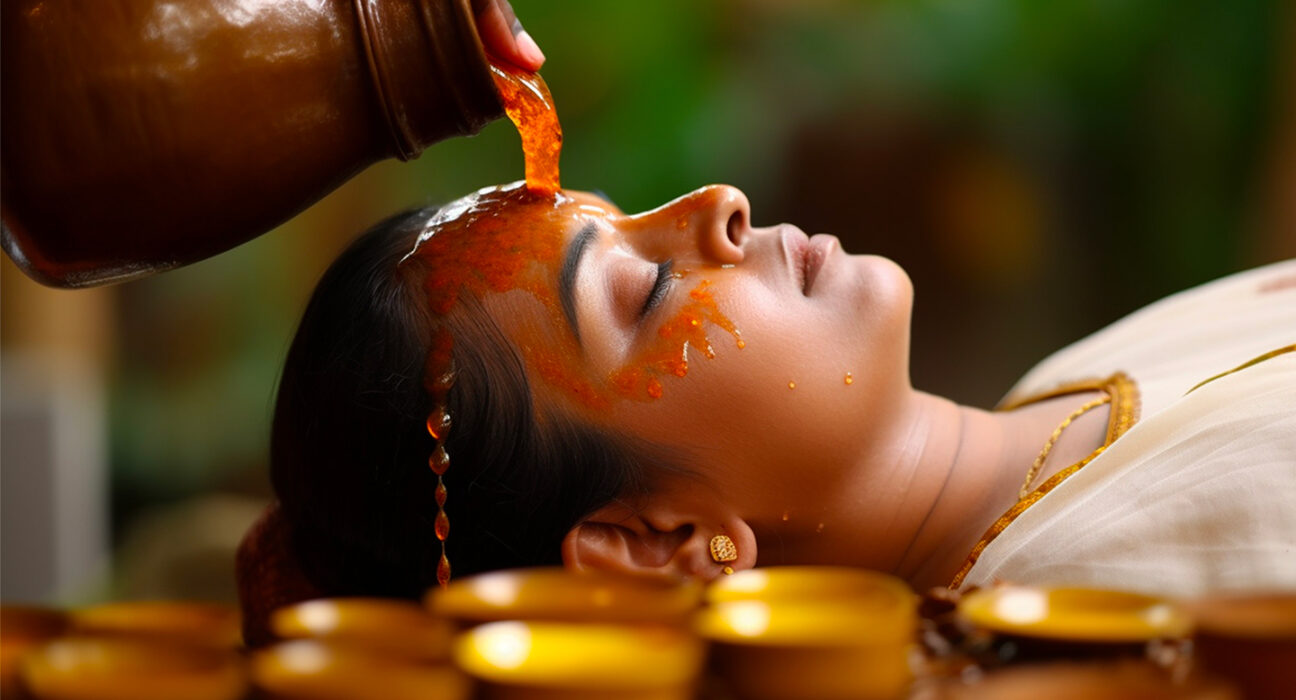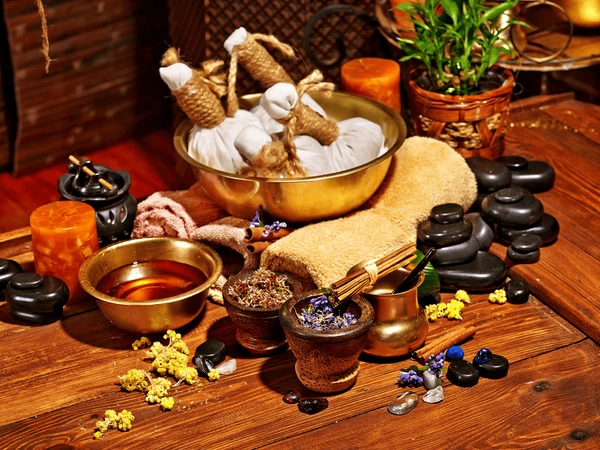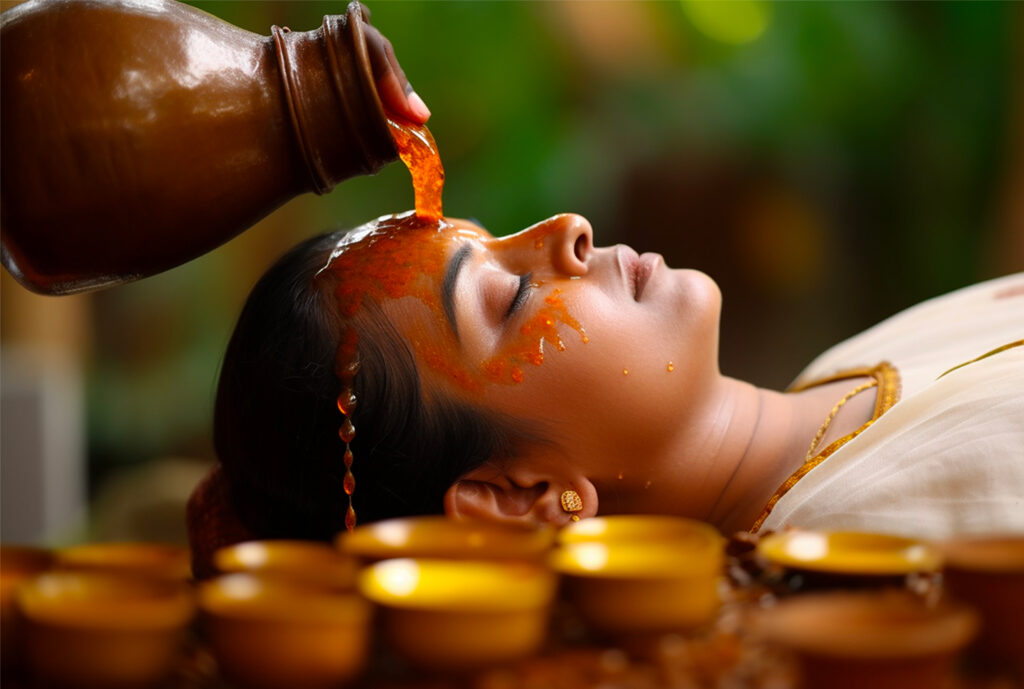Global Markets for Herbal Skincare: The Ayurvedic Beauty Boom

Global Markets for Herbal Skincare: The Ayurvedic Beauty Boom
In recent years, the global skincare industry has witnessed a major transformation. As consumers shift toward natural and sustainable beauty solutions, herbal and Ayurvedic skincare has emerged as a fast-growing segment. Once considered niche, this ancient Indian tradition rooted in plant-based healing is now redefining modern beauty standards and influencing global market trends. From luxury brands to indie startups, the Ayurvedic beauty boom is reshaping how the world views skincare—pure, holistic, and deeply connected to nature.
The Rise of Herbal and Ayurvedic Skincare
Ayurveda, a 5,000-year-old Indian science of life and wellness, emphasizes balance—between the body, mind, and environment. In skincare, this translates to formulations made from natural herbs, oils, roots, and minerals that nourish rather than mask. Ingredients such as turmeric, neem, sandalwood, ashwagandha, and aloe vera have long been prized for their healing properties and are now being rediscovered by global audiences.

Consumers today are increasingly conscious of what they apply to their skin. The demand for chemical-free, cruelty-free, and environmentally friendly products is fueling the popularity of herbal skincare. According to recent market analyses, the global Ayurvedic skincare market is projected to grow at an annual rate of more than 12% between 2024 and 2030, with Asia-Pacific leading the way, followed closely by North America and Europe.
Cultural Roots, Global Reach
India has become the epicenter of this wellness-driven beauty renaissance. Brands like Forest Essentials, Kama Ayurveda, and Biotique have successfully blended traditional Ayurvedic wisdom with modern luxury appeal, exporting products to markets worldwide. Meanwhile, global skincare leaders such as The Body Shop, Aveda, and Himalaya have incorporated Ayurvedic herbs and philosophies into their formulations to meet growing consumer expectations for authenticity and natural purity.
The beauty of Ayurveda lies in its adaptability—it’s both ancient and timeless. Whether it’s a turmeric-infused face mask in Los Angeles, a neem cleanser in London, or an ashwagandha serum in Seoul, Ayurvedic principles are being embraced across continents. This cross-cultural appeal has helped transform what was once a regional tradition into a global wellness movement.
The Science Behind the Tradition
Modern consumers demand more than just tradition—they want results backed by science. This has pushed Ayurvedic skincare brands to invest in research and development, combining traditional herbs with dermatological testing and advanced extraction technologies. Herbal actives are now being clinically studied for their anti-inflammatory, antioxidant, and anti-aging properties.
For example, curcumin from turmeric is known to brighten the skin and combat free radicals; neem is valued for its antibacterial effects; gotu kola enhances collagen production; and saffron has natural glow-enhancing properties. When these natural ingredients are harnessed through modern science, the results rival (and sometimes surpass) those of synthetic skincare solutions—without the side effects.
Market Drivers and Consumer Behavior
Several factors are driving the global Ayurvedic skincare boom. Environmental concerns and ethical beauty movements have made “green beauty” more than just a trend—it’s a lifestyle choice. Millennials and Gen Z consumers, in particular, prefer products that align with their values of sustainability, transparency, and wellness.
E-commerce has also played a crucial role in expanding access to Ayurvedic skincare. Online platforms have enabled small brands to reach international consumers, while social media influencers and wellness advocates have made Ayurvedic rituals—like oil cleansing or dry brushing—mainstream. The growing popularity of yoga, meditation, and holistic living has further reinforced Ayurveda’s relevance in today’s beauty culture.
Challenges and Future Prospects
Despite its growth, the herbal skincare market faces challenges. The lack of standardized global regulations for herbal and Ayurvedic products can lead to inconsistent quality and counterfeit goods. Additionally, consumer education remains essential—many users still confuse “natural” with “safe” or “effective.” To sustain growth, brands must maintain scientific credibility while preserving Ayurveda’s authenticity and ethical sourcing.

Looking ahead, the fusion of biotechnology and Ayurveda is expected to take center stage. From personalized dosha-based skincare routines to AI-driven ingredient mapping, innovation is giving new life to ancient wisdom. As consumers continue to seek balance between science and nature, Ayurvedic skincare is poised to remain a powerful force in the beauty industry.
Conclusion
The Ayurvedic beauty boom is not just a passing trend—it represents a global shift toward conscious, holistic, and nature-inspired living. What began as an ancient Indian practice has evolved into a worldwide movement that celebrates sustainability, wellness, and the timeless connection between inner health and outer beauty. As the world rediscovers the power of herbs and the wisdom of Ayurveda, the future of skincare looks not only more natural—but more mindful than ever.









